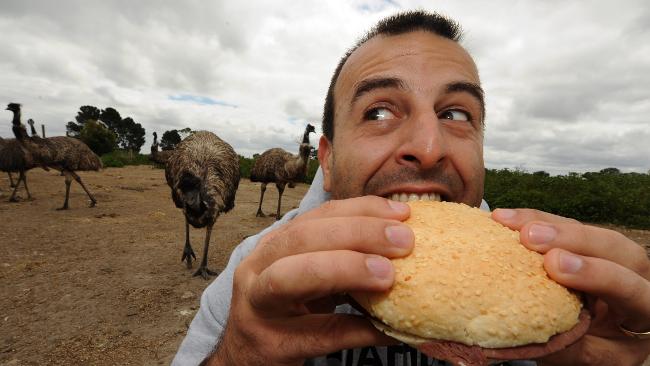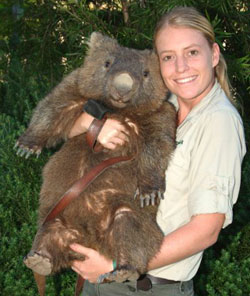The history of Australian beer starts very early in Australia's colonial history. Captain Cook brought beer with him on his ship Endeavour as a means of preserving drinking water. On 1 August 1768 as Captain Cook was fitting out the Endeavour for its voyage, Nathaniel Hulme wrote to Joseph Banks recommending that he take -
Joseph Banks old $5.00 note
"a quantity of Molasses and Turpentine, in order to brew Beer with, for your daily drink, when your Water becomes bad. … Brewing Beer at sea will be peculiarly useful in case you should have stinking water on board; for I find by Experience that the smell of stinking water will be entirely destroyed by the process of fermentation."
— Letter to Joseph Banks 1768
Beer was still being consumed on board 2 years later in 1770 when Cook was the first European to discover the east coast of Australia.
The first (official) brewer in Australia was John Boston who brewed a beverage from Indian corn bittered with cape gooseberry leaves. It is likely though that beer was brewed unofficially much earlier. The first pub, the Mason Arms was opened in 1796 in Parramatta by James Larra, a freed convict.
James Squire was the first to successfully cultivate hops in 1804. The Government Gazette from 1806 mentions that he was awarded a cow from the government herd for his efforts. Squire also opened a pub and brewed beer.
Brewing rapidly expanded in all the Australian colonies. By 1871 there were 126 breweries in Victoria alone which at the time had a population of only 800,000.
Melbourne, 24 July 1953. The liquor licensing laws of the day obliged public bars to close at 6 p.m. The ensuing rush to the bar to beat the clock for a drink before heading home for dinner became known as the "six o'clock swill".
It's a sad fact of life but beer will never taste quite as good as it does in a pub.
Helping to ensure that you might literally never leave your house again, a Japanese company have created the Beer Jug Jokki Hour, a glass that gives you the ability to add a pub-style head of foam to your beer.
The trick is to fill your mug 3/4 full or more and then press the non-battery operated switch to create a fresh head of foam.
All you need now is a healthy supply of your favourite brew, a pool table and a foul-smelling bathroom and you're pretty much set.




























